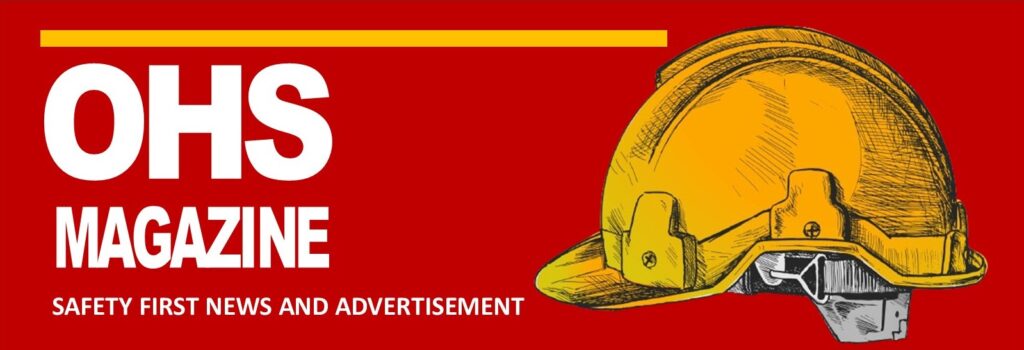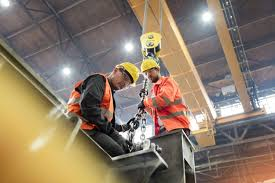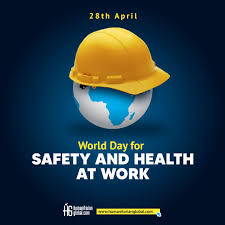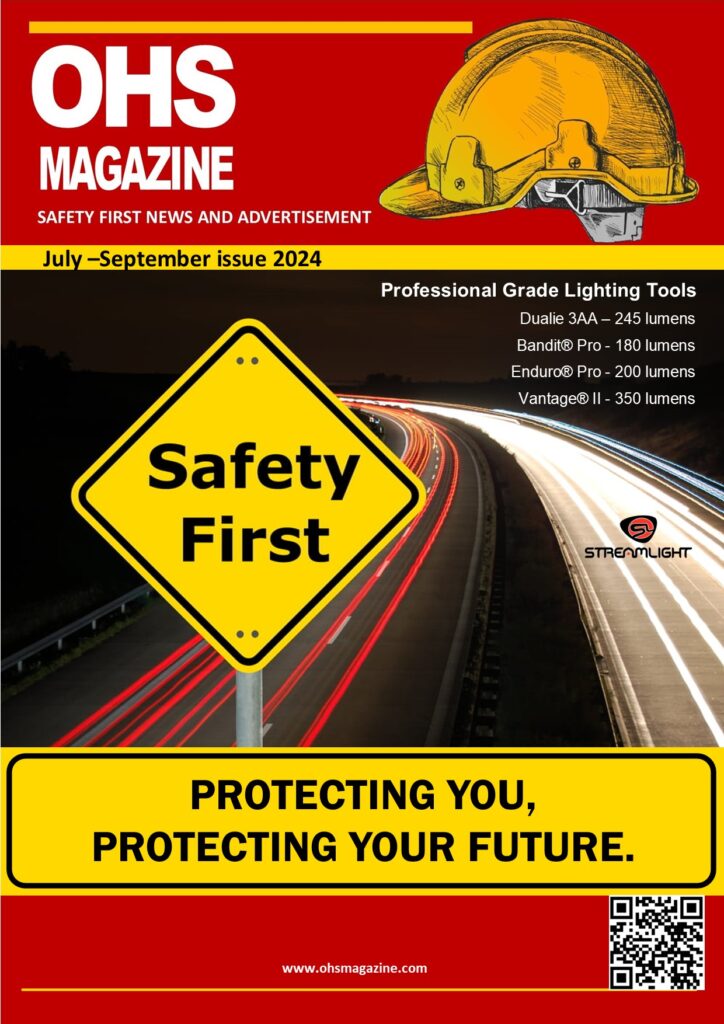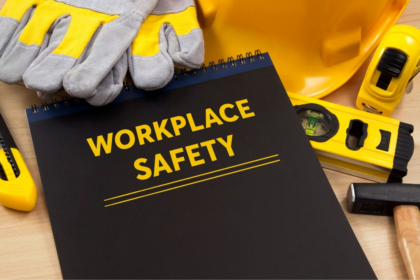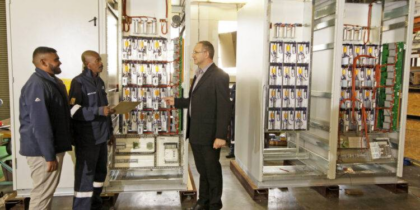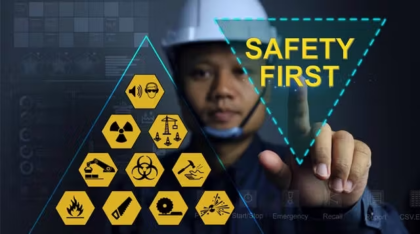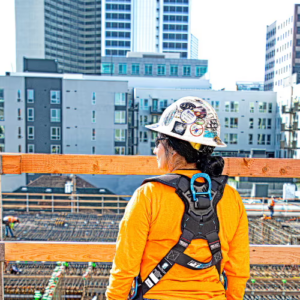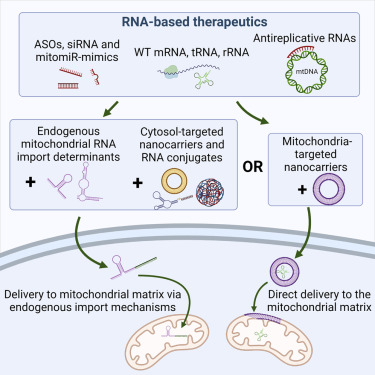Cutting-Edge Exoskeletons Spearhead Injury Prevention in Occupational Settings. In today’s dynamic landscape of occupational health and safety, the integration of innovative technologies continues to revolutionize workplace practices. A groundbreaking development in this realm comes in the form of exoskeletons, engineered to bolster the physical capabilities of workers while mitigating the risks of musculoskeletal injuries and fatigue. These marvels of engineering are poised to redefine the standards of workplace safety and efficiency.
Pioneering Solutions for Injury Prevention
Exoskeletons represent a fusion of human biomechanics and advanced robotics, offering ergonomic support to individuals engaged in physically demanding tasks. One of the primary applications of these futuristic apparatuses is in the domain of heavy lifting and repetitive movements, where workers are particularly susceptible to strains, sprains, and other musculoskeletal injuries.
Technological Advancements
The latest iterations of exoskeletons are designed with precision and efficiency in mind, catering to the unique needs of various industries. Equipped with sensors, actuators, and intelligent control systems, these exosuits adapt to the user’s movements in real-time, providing seamless assistance while ensuring optimal safety standards. Furthermore, advancements in materials science have led to the development of lightweight and durable exoskeletons, enhancing comfort and maneuverability for users across diverse work environments.
Enhanced Workplace Safety
The integration of exoskeletons in occupational settings heralds a new era of workplace safety culture, prioritizing the well-being of employees without compromising productivity. By alleviating the physical strain associated with lifting heavy loads and executing repetitive tasks, these devices significantly reduce the incidence of work-related injuries and chronic fatigue syndromes. Consequently, organizations can foster a healthier and more resilient workforce while minimizing downtime and operational costs.
Economic Implications and Regulatory Compliance
Beyond the realm of employee welfare, the adoption of exoskeleton technology carries profound economic implications for businesses. By curbing the prevalence of workplace injuries, companies can avert potential liabilities stemming from compensation claims and regulatory penalties. Moreover, adherence to occupational health and safety standards not only safeguards the workforce but also enhances organizational reputation and investor confidence in the long run.
Looking Ahead
As the global workforce continues to evolve, the demand for innovative solutions to enhance occupational health and safety remains paramount. Exoskeleton technology stands at the forefront of this transformative journey, offering a glimpse into a future where human potential is augmented by cutting-edge robotics. With ongoing research and development, the integration of exoskeletons is poised to transcend existing boundaries, revolutionizing work practices across industries and paving the way for a safer, more sustainable future.
In conclusion, exoskeletons represent a paradigm shift in injury prevention strategies, empowering workers to perform their duties with unprecedented efficiency and resilience. As these remarkable devices gain traction in the marketplace, their impact on workplace dynamics and employee well-being is poised to resonate for years to come.
